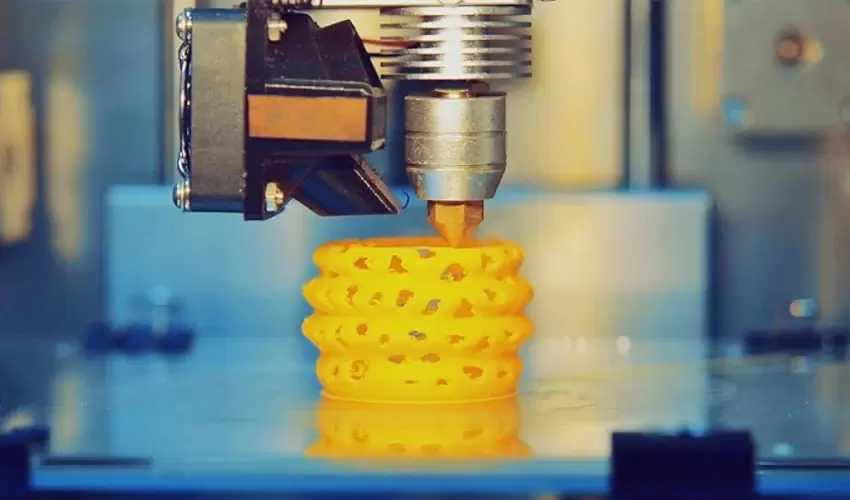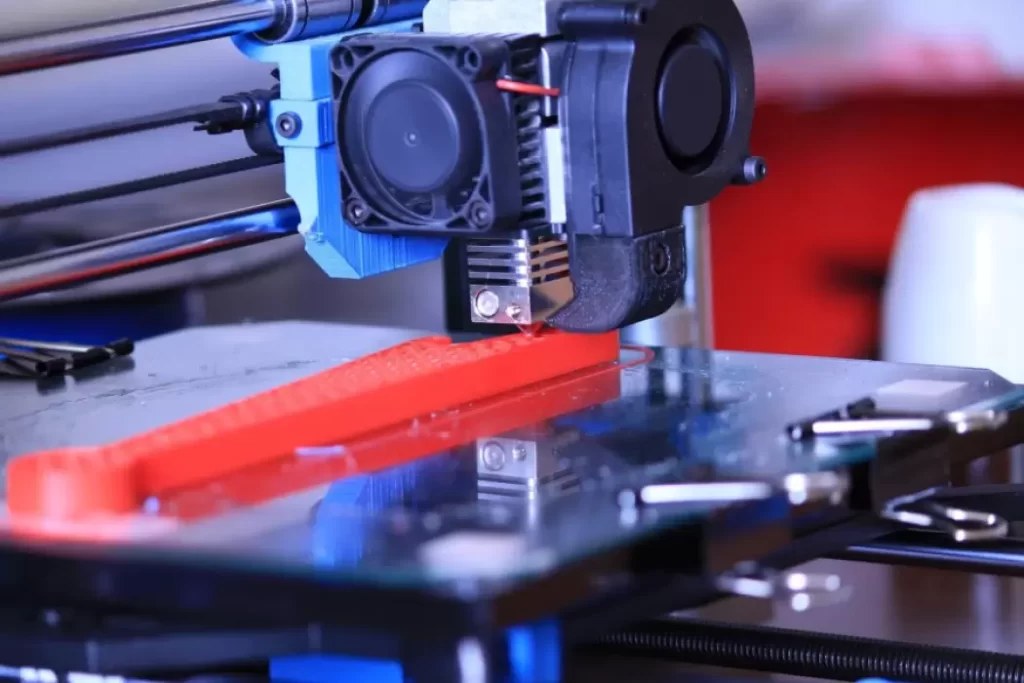Table of Contents:
- Introduction
- How FDM 3D Printing Works
- Materials Used in FDM 3D Printing
- Designing for FDM 3D Printing
- Post-Processing Techniques for FDM 3D Printed Objects
- Applications of FDM 3D Printing
- Future of FDM 3D Printing
- Conclusion
-
1.Introduction
Fused Deposition Modeling (FDM) 3D printing is a widely used 3D printing technology that has revolutionized manufacturing, prototyping, and product development. Invented in the late 1980s, FDM 3D printing has become one of the most popular 3D printing technologies today due to its low cost, ease of use, and versatility. This comprehensive guide provides an overview of FDM 3D printing, including how it works, the materials used, designing for FDM 3D printing, post-processing techniques, applications, and the future of the technology.
-
2.How FDM 3D Printing Works
FDM 3D printing is an additive manufacturing process that involves building a 3D object layer by layer. The process starts with a 3D model designed using Computer-Aided Design (CAD) software. The model is then sliced into thin layers using slicing software, which generates instructions for the FDM 3D printer to follow.
The FDM 3D printing process involves several steps, including pre-processing, printing, and post-processing. In the pre-processing stage, the 3D model is loaded into the slicing software, where the model is sliced into thin layers. The sliced model is then loaded into the FDM 3D printer, and the printer nozzle heats up the printing material, which is typically a thermoplastic filament.
The printer nozzle then deposits the melted material layer by layer onto the build platform, following the instructions generated by the slicing software. Once the object is fully printed, it is removed from the build platform and post-processed using various techniques to achieve the desired finish.
-
3.Materials Used in FDM 3D Printing
FDM 3D printers can use a wide range of materials, including thermoplastics, composites, and metals. The most commonly used material in FDM 3D printing is thermoplastic filament, which comes in various types such as ABS, PLA, PETG, and Nylon. Each type of filament has unique properties that make it suitable for different applications. For example, ABS is a strong and durable material that is often used in the automotive and aerospace industries, while PLA is a biodegradable material that is commonly used in consumer products.
-
4.Designing for FDM 3D Printing
Designing for FDM 3D printing requires a unique approach compared to traditional manufacturing methods. To ensure the 3D model can be successfully printed, designers must consider several factors, including wall thickness, overhangs, and support structures. Best practices for designing 3D models for FDM 3D printing include optimizing the design for the printer’s build volume, avoiding sharp angles and corners, and using a draft angle to allow for easy removal of the object from the build platform.
-
5.Post-Processing Techniques for FDM 3D Printed Objects
Post-processing is an essential step in FDM 3D printing to achieve the desired finish of the printed object. Several post-processing techniques can be used to sand, smooth, paint, and finish FDM 3D printed objects. Sanding and smoothing can be achieved using sandpaper or a Dremel tool, while painting and finishing can be achieved using various techniques such as spray painting, airbrushing, or applying a clear coat.
-
6.Applications of FDM 3D Printing
FDM 3D printing has found its way into various industries, including aerospace, automotive, healthcare, and consumer products. The technology is used for prototyping, product development, and small-scale production. In the aerospace industry, FDM 3D printing is used to produce lightweight and complex parts for aircraft and spacecraft. In the healthcare industry, FDM 3D printing is used to produce patient-specific medical devices, prosthetics,and surgical tools. In the automotive industry, FDM 3D printing is used to produce custom parts and prototypes. In the consumer products industry, FDM 3D printing is used to produce a wide range of products, including toys, jewelry, and household items.
Click on the V1 Prototype website to gain more FDM 3D Printing information.
-
7.The Future of FDM 3D Printing
FDM 3D printing is a rapidly evolving technology that is expected to continue to advance in the future. The development of new materials, such as conductive and flexible filaments, will expand the capabilities of FDM 3D printing and make it possible to produce a wider range of products. The development of larger and more advanced FDM 3D printers will also make it possible to produce larger and more complex objects.
-
8.Conclusion
Fused Deposition Modeling (FDM) 3D printing is a versatile and widely used 3D printing technology that has revolutionized manufacturing, prototyping, and product development. FDM 3D printing offers a cost-effective and efficient way to produce complex parts and prototypes quickly. Designing for FDM 3D printing requires a unique approach, and post-processing techniques are essential to achieve the desired finish of the printed object. With the continued development of new materials and advanced printers, FDM 3D printing is expected to continue to evolve and expand its capabilities in the future.





